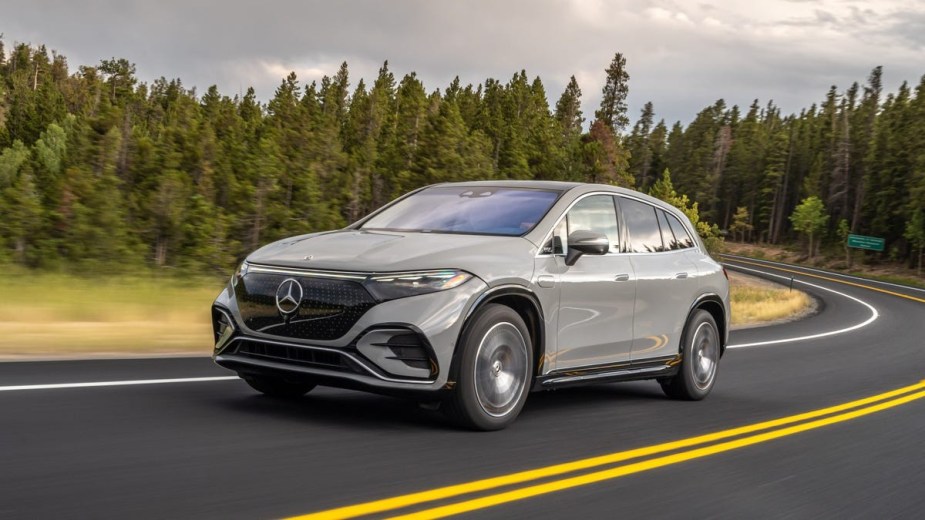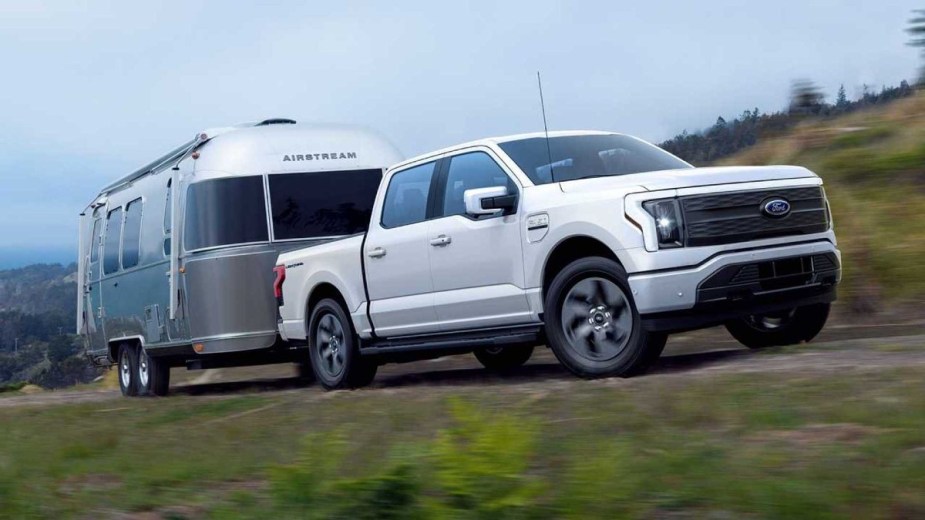
Money Talks: 5 Ways Money Impacts the Electric Vehicle Market
Politics can become a lot of white noise, or as our elders would say, “hot air” from blowhards in office. Regardless of which side of the aisle you lean on in Congress, money and investments impact nearly every industry more than politics. Large companies don’t invest heavily in something that won’t pan out. Here are five ways big money is pushing the electric vehicle market forward.
1. EV plants in the United States grew in record numbers last year
Pick a name, any name, and you’ll find that the automaker has big plans moving toward expanding and developing its electric vehicle lineup. NPR reported that automakers announced over $73 billion in planned projects last year, more than three times the previous record. Guess what? That previous record was set in 2021. The continued increase since 2018 shows automakers have pushed all their proverbial chips to the middle of the EV table.
2. Electric car batteries are growing at the same rate

Imagine if engine producers stopped making car engines despite automakers announcing growth plans. The lack of engines would somehow halt the market. The same goes for electric vehicles. EV battery growth is on a similar path to vehicle growth, which is ideal for ensuring a smooth transition from internal combustion engines to battery-powered vehicles.
3. Electric Vehicles – Your tax dollars at work
Anything as big as the movement toward electric cars requires incredible investments from automakers and billions of tax dollars. Don’t expect altruism at work in the auto industry. For every Ford F-150 Lightning sold, the consumer receives a $7,500 tax credit, but Ford also receives a $6,000 credit.
In addition to these credits, many automakers receive supplemental spending grants to build EV battery factories. Michigan granted Ford nearly $630 million in incentives for a new EV battery plant that should create 2,500 jobs. Panasonic expects to receive $830 million from Kansas for its EV battery plant in De Soto, which should create nearly 4,000 new jobs.
4. The average income for EV owners is coming down

Although electric vehicle prices rose dramatically during 2022, they are starting to decline. Typically, consumers with higher incomes are the drivers that own EVs more than those in lower income brackets. With the addition of the used EV incentives of the Inflation Reduction Act and the EV prices decreasing, this income average is on the decline.
5. It costs less to own an electric car
Many automakers now offer incentives such as free charging, an installed at-home charger, and specific EV rebates. Although the Tesla Model 3 still costs more than the Toyota Corolla, it’s cheaper than the BMW 3 Series. The Chevy Bolt EV is the most affordable electric car in the market and giving the Corolla a run for its money.
Those concerned with fuel costs are much better off driving an electric vehicle. Recharging your EV at home is much more cost-effective than stopping at a gas station, even when fuel prices have returned to a pre-Ukraine/Russia norm.
Who will benefit most from electric vehicles?

The money shows that electric vehicles are here to stay. While some might think city dwellers will find the most benefit from driving EVs, middle America could benefit the most. Roughly 12 percent of the country lives in apartments, mostly in coastal cities. Rural and middle Americans live in single-family homes where recharging an EV at night is much more convenient than stopping at the gas station.
Money talks, and it’s telling us that EVs are here to stay. Will your next ride be one of the new electric vehicles hitting the market?



